John Martin was born of poor Calvinist parents in 1789 at Haydon Bridge, Newcastle upon Tyne, the youngest of twelve children, of whom five survived childhood.
Martin was often confused with his brother, Jonathan, who tried to burn down York Minster.
At school Martin showed little interest in academic subjects, but his teachers recognised his early artistic promise. After leaving school at 14, the family moved to Newcastle. Here Martin's father found him an apprenticeship with a coachbuilder, painting heraldic emblems on coach doors.
But such drudgery and exploitation was intolerable for John Martin and and he freed himself from his indentures.


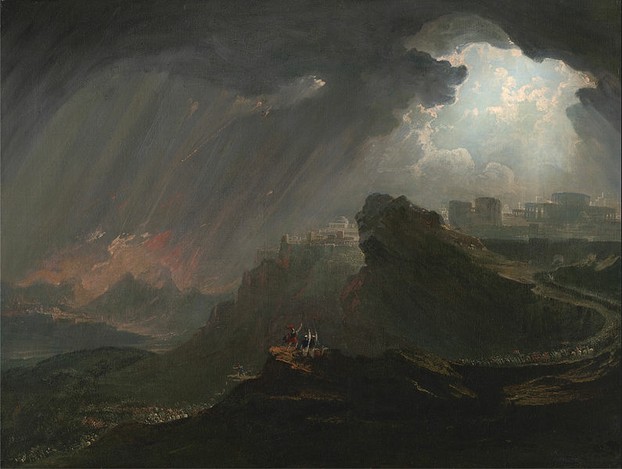
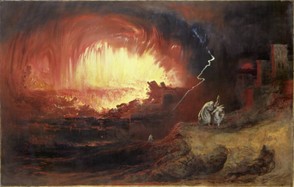
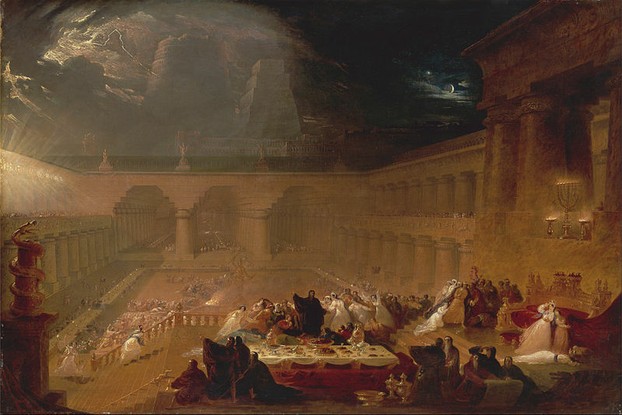





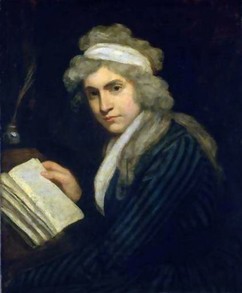
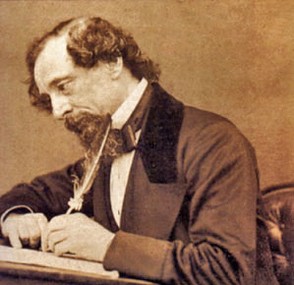
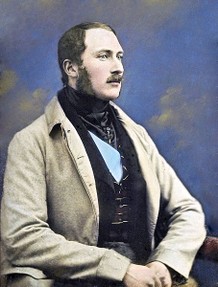
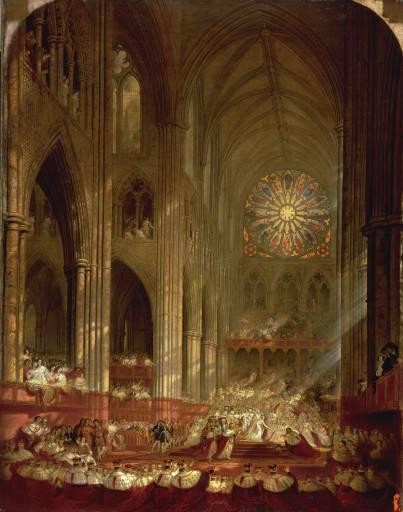
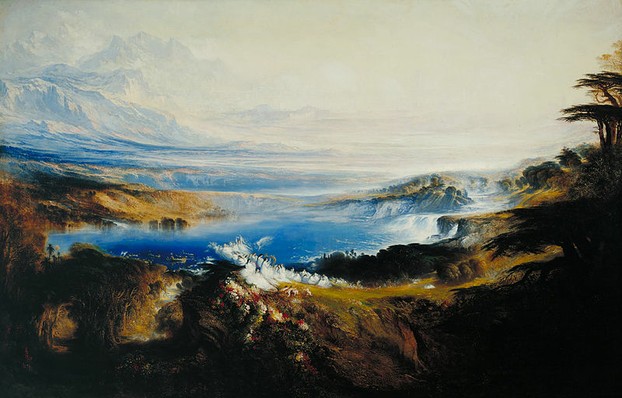
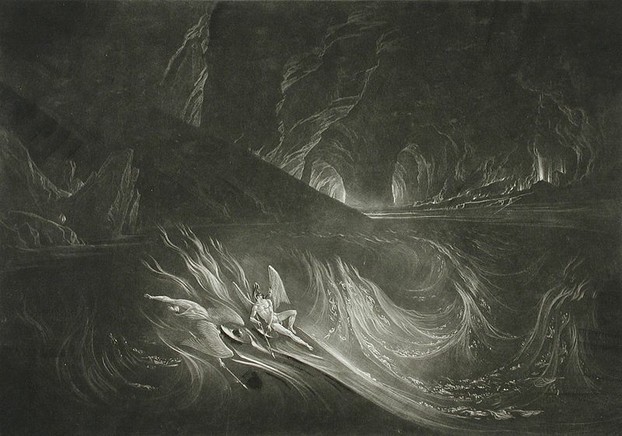
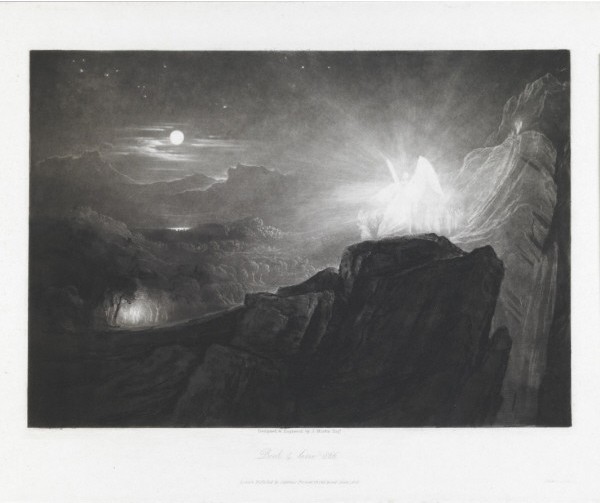
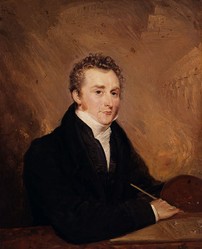

 How to Choose a Walking Cane or Stickon 08/01/2014
How to Choose a Walking Cane or Stickon 08/01/2014
 Michael Miller Fabulous Fabric Swatches for Quilting, Crafts etcon 07/02/2014
Michael Miller Fabulous Fabric Swatches for Quilting, Crafts etcon 07/02/2014
 The Drama of Life in the Rock Poolon 06/08/2014
The Drama of Life in the Rock Poolon 06/08/2014
 The Flâneur - Symbol of Modernity in 19th Century Parison 05/09/2014
The Flâneur - Symbol of Modernity in 19th Century Parison 05/09/2014

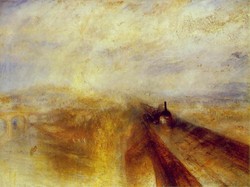
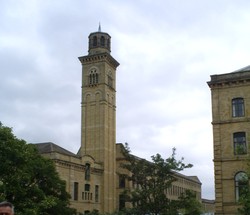
Comments
Mira - Thanks for your comments. Yes, I love John Martin.
Interesting article, Kathleen. His life was quite interesting: a Radical, but he painted the coronation of Queen Victoria; a society man, a man involved with the Industrial Revolution, etc. Thank you for sharing!
Hi Katie - Thank you! Love your comment! :)
I'm easily taken in by a good article regarding all things artistic, great article, well done.